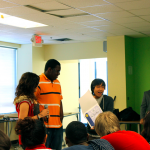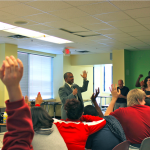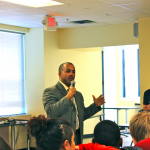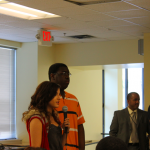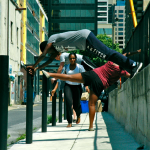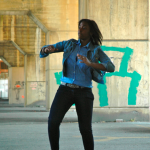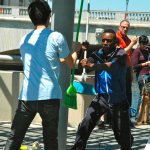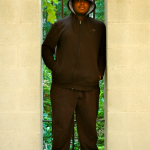
Caption
"Computer malfunctions" Senior Gisela Giolafina

Caption
"Starts projects at last minute" Senior Sam Kabangai

Caption
"Having so much work to do, I choose not to do anything, it's deadly." Senior Kyla Carden

Caption
"Lack of moodle use." Senior Zayd Aladsary

Caption
"I didnt choose my capstone till the third quarter." Senior Anthony Torrance

Caption
"You hanging around me, you got senioritis" Senior Tyler Hankinson "Went to sleep, I stopped doing work. We just don't do work." Lamaya Mapp
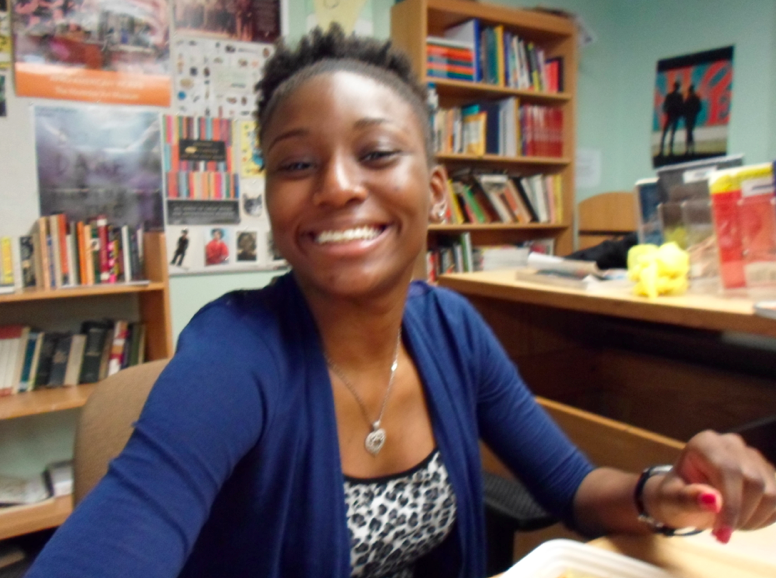
Caption
"As soon as Septemer 2011 hit, I stopped caring. I had my first scare of failing class. I got my first C in math, I've had 6 Saturday detentions. It's become more difficult to show up to class." Senior Lola Akinsola
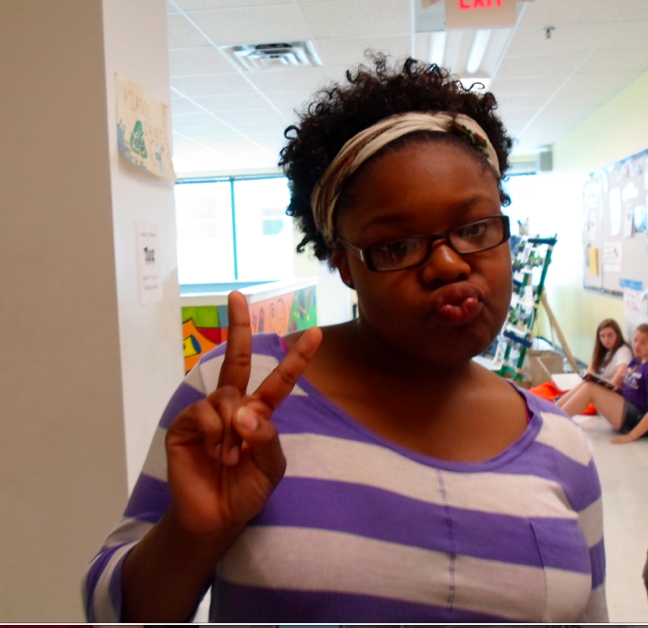
Caption
"I haven't done my Capstone since 9th fess till now." Senior Whitney Washington

Caption
"Just not doing nothing." Senior Nadif Bracey

Caption
"Not finished my capstone." Senior Robert Broadwater
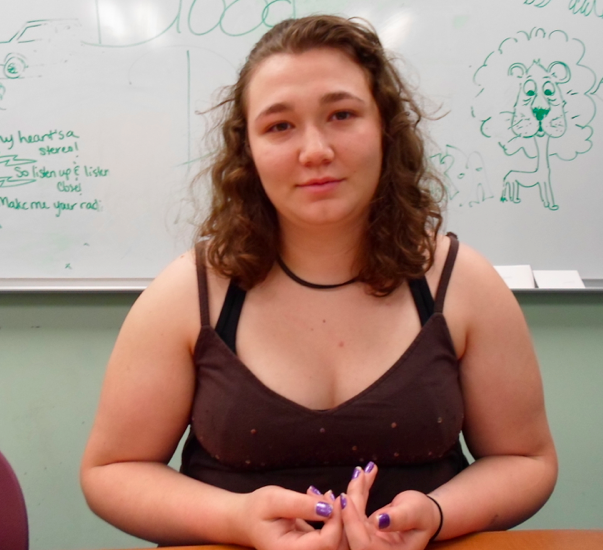
Caption
"Procrastination is the devil." Senior Rita Willard

Caption
"It's like an anxiety axe in my back." Senior Will Felinski

Caption
"Math benchmarks" Senior Elona Myftaraj
What Are Your Symptoms Of Senioritis?
Interviews by Emilisa Lopez, Deshawn Mcleod & Alex Ringgold
Pictures by Emilisa Lopez

